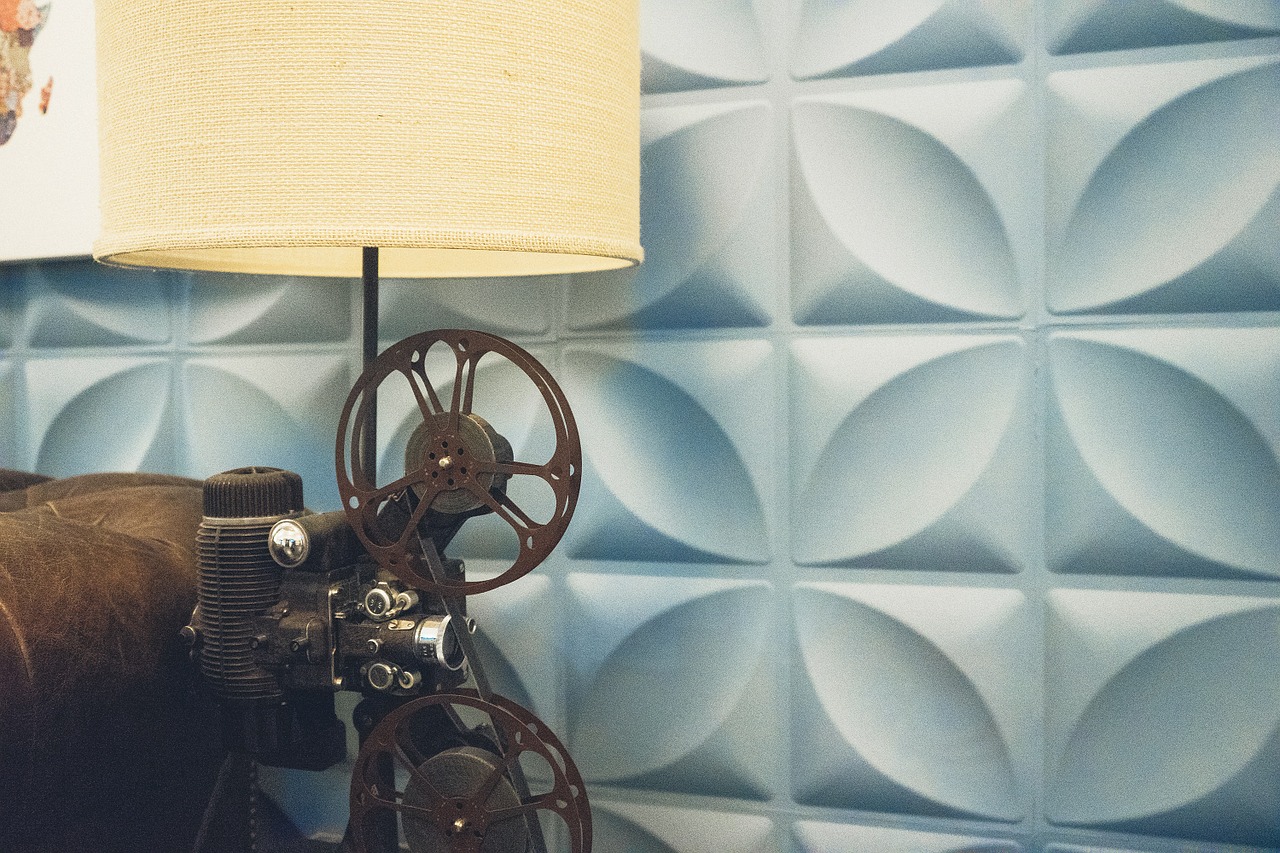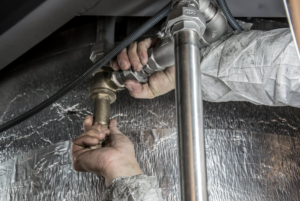
Having a home cinema is a dream for many people, but it can easily become a reality with the help of some handy technology and a bit of DIY. A home cinema will provide you and your family with a comfortable space to relax and spend quality time together. Creating a home cinema also offers several additional benefits, including increasing your house value and saving you money on expensive theatre tickets. What’s more, incorporating a cinema in your house may be easier and more affordable than you think. With this in mind, here is a helpful guide on how to design the perfect home cinema:
Choose the ideal location
The first step on your home cinema journey is to choose a location for your home cinema. Ideally, you want your cinema to be in a separate area of your house and free from distractions such as loud outdoor noise. Choosing a room with minimal natural light will also make it easier to control the lighting and create the right ambiance. Bear in mind that the space needs to be large enough to comfortably accommodate your needs. According to the Home Theater Academy, a room that is 20ft long by 15ft wide would create the best viewing experience, although a smaller room can also be transformed into a functional home cinema. A spare room can easily be transformed into a home theater, or you could consider converting your attic, basement, or even a shed if you don’t have a spare room available.
Install surround sound and lighting
You should consider installing surround sound and lighting systems if you want to create a truly immersive cinema experience. Fortunately, there is an excellent selection of high-quality audio equipment on the market today. It is worth investing in the best quality sound system you can afford, as sound is sure to have a significant impact on your overall experience when using your home cinema.
Make sure you research various audio equipment and research what equipment and tools you will need to install the system correctly. For instance, you may need to purchase various accessories and cables, such as a 10 gauge speaker wire, to ensure that your sound system is working at the optimal level. When it comes to lighting, the goal is to recreate the cinema experience by reducing the amount of natural light in the room. This can easily be achieved by putting up light-blocking curtains and installing door strips to stop light from entering underneath.
Purchase a quality video projector or smart TV
When it comes to viewing equipment for your home cinema, you have two choices: a projector or a smart TV. A projector is the traditional choice for home cinemas and can be far more cost-effective, as you get a larger screen size for your money.
On the other hand, smart TVs are generally considered more convenient and easier to operate, as they don’t require the hassle of removing and inserting cables when you watch a movie. Smart TVs also tend to offer a brighter, clearer image, although there is a great selection of high-resolution projectors on the market today.
Both options have their pros and their cons, so it’s important to do your research and choose the option that best suits your needs.


